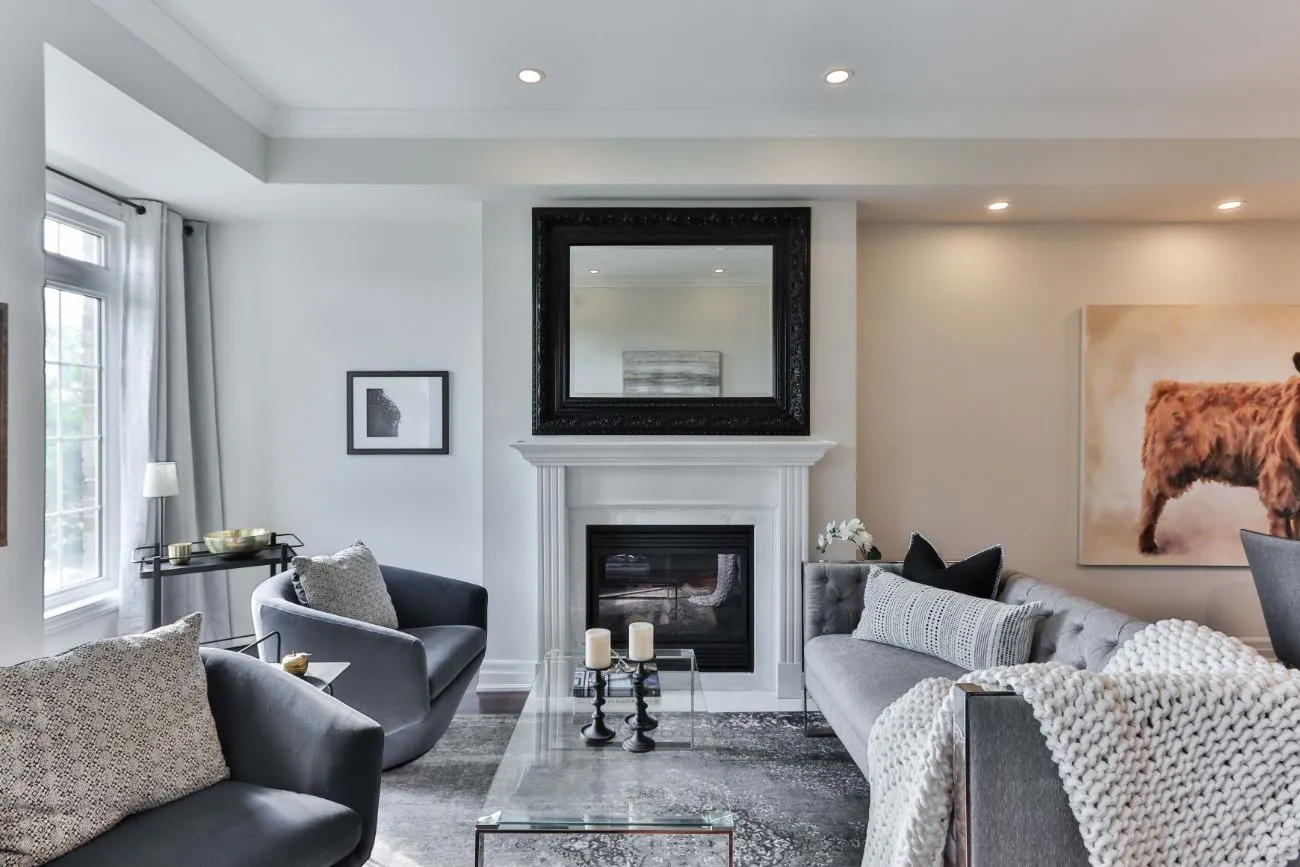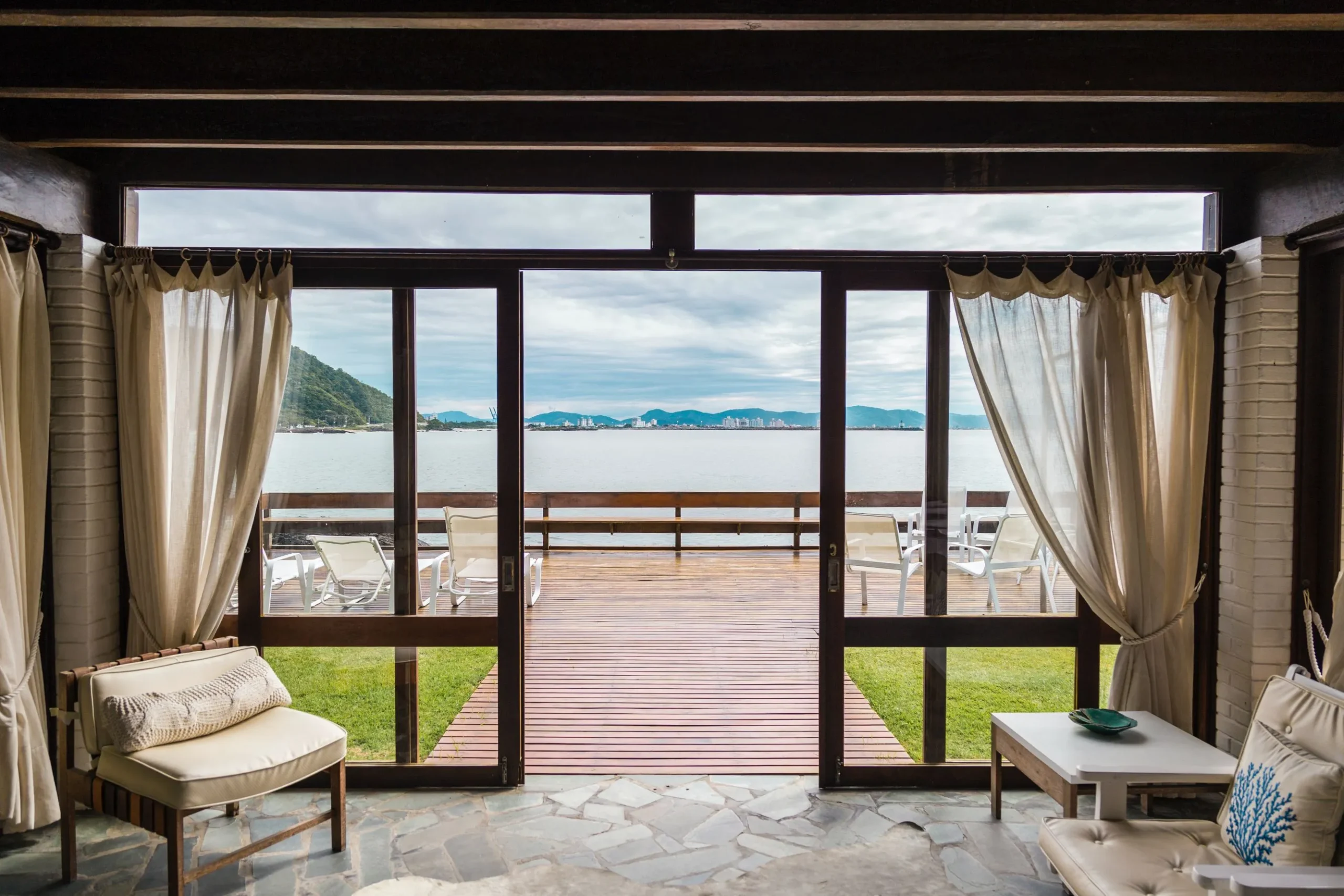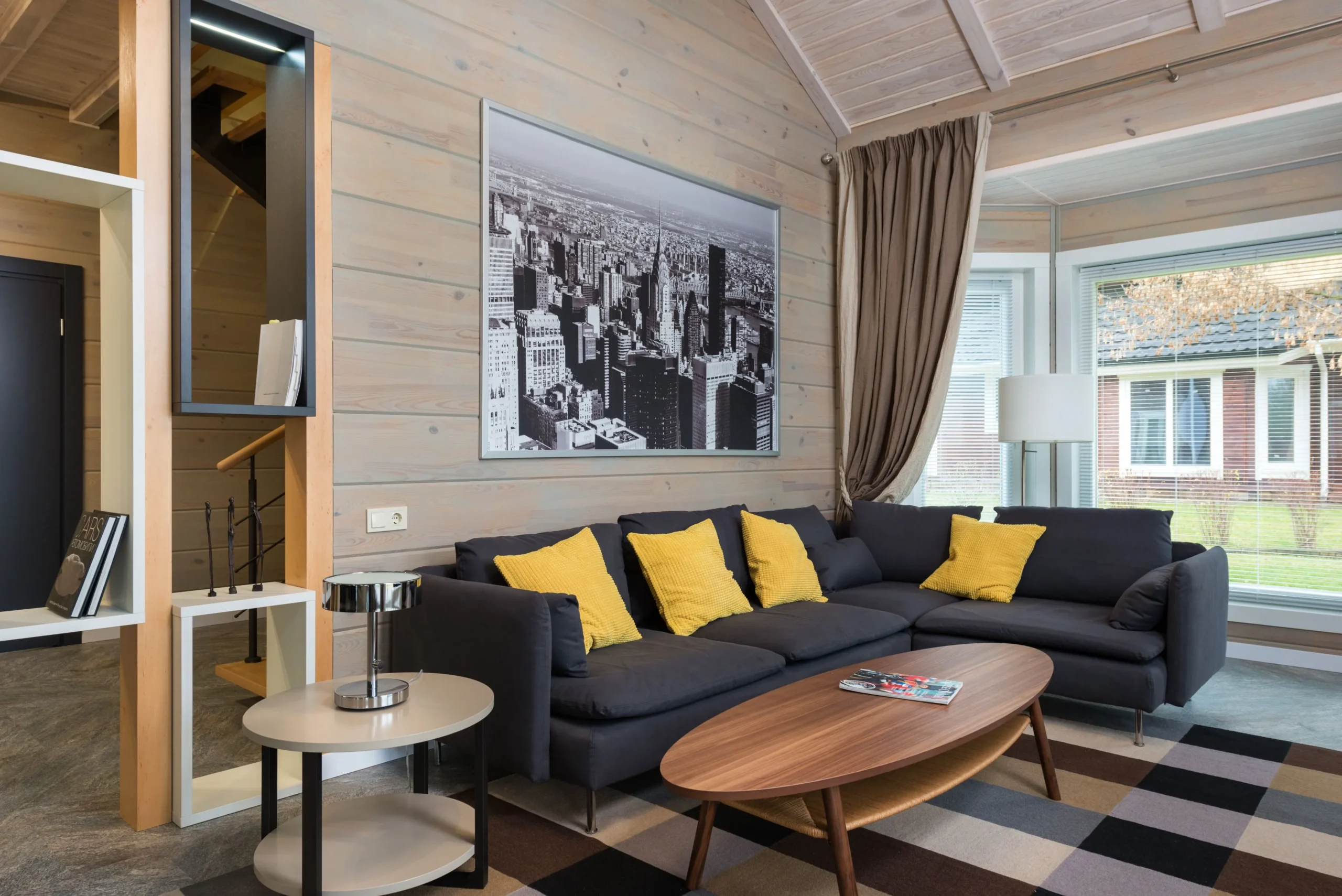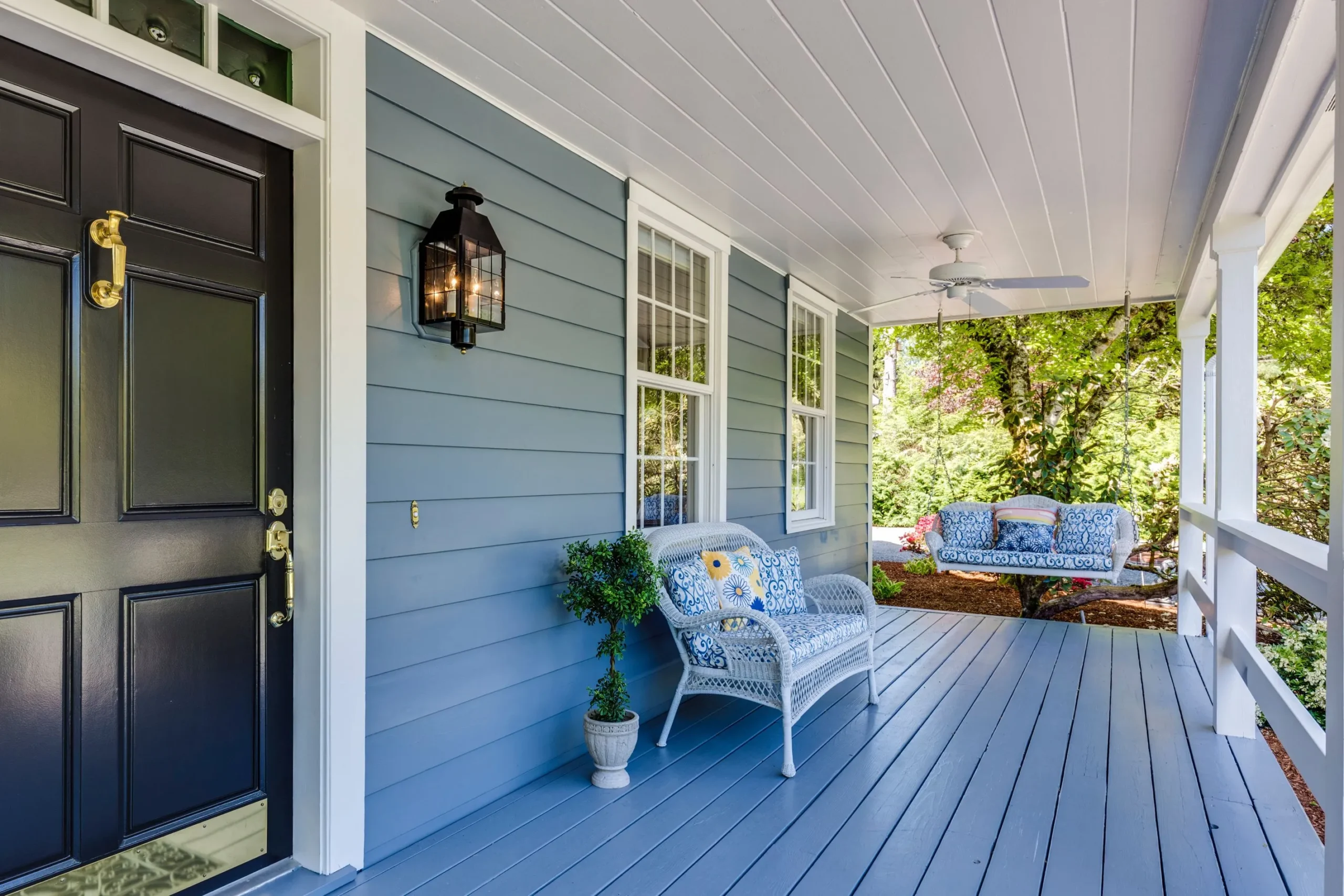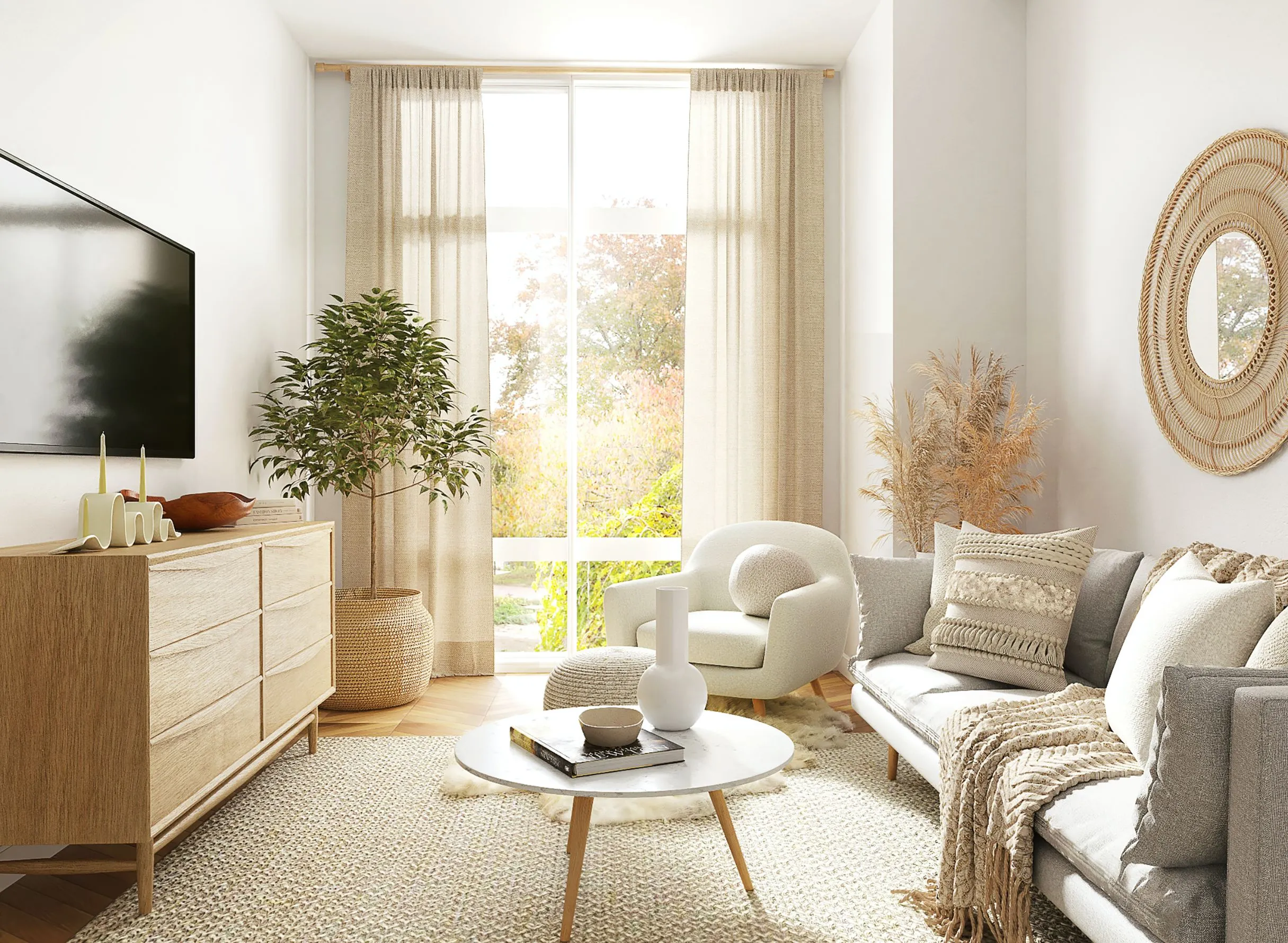Whether you’re selling your home or buying one, you should know what things to look for in terms of value. For instance, did you know that where a home is located can impact its worth? If you’re going to be selling your home anytime soon, it pays to pay attention to a few universal factors … Read more
Blog
There’s a lot to be said for traveling vacations. Falling asleep on a plane only to wake up halfway around the world is thrilling or driving several hours for a stay in the next city can be fun. There’s a downside to vacations like these, though. The jet lag and stress of it all can … Read more
A majority of the population spends as much as 90 percent of their lives indoors. Two-thirds of that is spent inside the home. Sadly, very few of us consider how much our homelife impacts our wellbeing. With just a few changes inside the home, you can create a healthier space that promotes good mood and … Read more
Do you hate the way your neighbor’s unkempt lawn and hoards of broken toys takes away from your beautifully landscaped backyard oasis? Maybe you simply wish to create an attractive border between your yard and the next. Whatever the case may be, installing an actual fence can be very time consuming and expensive. Instead of … Read more
You may think your home is the only thing that has to impress when you put it on the market for sale. The reality is, you, the seller, also have to make a good impression. While someone may fall in love with your home, they may choose to pass on it if they don’t like … Read more
The average home is filled with microscopic particles that float through the air. These particles – pet dander, dead skin, cooking residue, etc. – can clog an HVAC unit’s air filters over time, leading to an increase in utility costs, potential damage to equipment, and poor indoor air quality. Experts recommend changing your home’s air … Read more
To be a good real estate investor, you have to be willing to do your research. If you are new to the game, you’ll want to pay close attention to the information below. In it, we’ll share with you several things every real estate investor should know to stay ahead of the trends and the … Read more
If you’re thinking of becoming a landlord in order to improve your financial status, don’t get too far ahead of yourself. What sounds simple can be quite overwhelming and difficult. From vacancies, upkeep, and unruly tenants to refinancing hassles and more, being a landlord is hard. Before jumping in with both feet, read over the … Read more
In an ideal world, homes would stay clean and free of clutter. In the real world, however, life is messy and it’s very difficult to keep a home completely tidy all the time. Of course, the fewer people you have living in the home, the easier it is to keep it clean. Not many people … Read more

